From Plaque to Precision: The Rise of Smart Toothbrush Technology

In a world where our phones can track sleep patterns and watches monitor heart rates, it’s no surprise that even toothbrushes are getting a tech upgrade. Smart toothbrushes are redefining the way we think about oral hygiene, turning a once-mundane routine into a personalized, data-driven experience. From Bluetooth-enabled brushing reports to real-time feedback, these innovative devices are helping users brush better, not harder.
The Evolution of Toothbrush Technology
Toothbrushes have evolved significantly from the basic bristle sticks of ancient civilizations. The invention of the electric toothbrush in the mid-20th century was the first big leap forward. But today’s smart toothbrushes go far beyond simple motorized movement. Equipped with sensors, pressure monitors, and AI-powered apps, they provide insights into brushing habits and ensure users reach every corner of their mouth with precision. It’s not just about cleaning teeth anymore—it’s about optimizing oral health with real-time data.
Smart Sensors and Real-Time Feedback

At the heart of smart toothbrush technology lies a network of tiny sensors designed to monitor how you brush. These sensors detect brushing angles, duration, and pressure levels, helping you avoid common mistakes like brushing too hard or missing certain areas. For example, if you tend to neglect your molars, the companion app might highlight that zone and encourage better coverage next time. This kind of feedback mirrors the guidance you might receive from a dentist in Wilmslow, but it’s available every morning and night right in your bathroom.
Personalized Brushing With AI and Machine Learning
Artificial intelligence isn’t just for self-driving cars or streaming recommendations—it’s making waves in oral care, too. Smart toothbrushes with AI capabilities learn from your brushing patterns over time. They create custom reports and even set brushing goals tailored to your unique habits. Some models recognize your brushing style and automatically adjust the intensity or timer to suit your needs. It’s like having a virtual dental coach who knows exactly how you brush and helps you get better with each session.
Connectivity and Data Tracking
Modern smart toothbrushes often come with Bluetooth connectivity, allowing them to sync with smartphone apps. These apps track your brushing history, remind you when it’s time to replace the brush head, and even reward you for good brushing behavior. This gamified approach keeps users motivated—especially kids—to maintain consistent brushing routines. For families, some apps allow multiple profiles, so parents can keep tabs on their children’s brushing habits and ensure everyone’s oral hygiene is on point.
Sustainability That Meets Smart Design
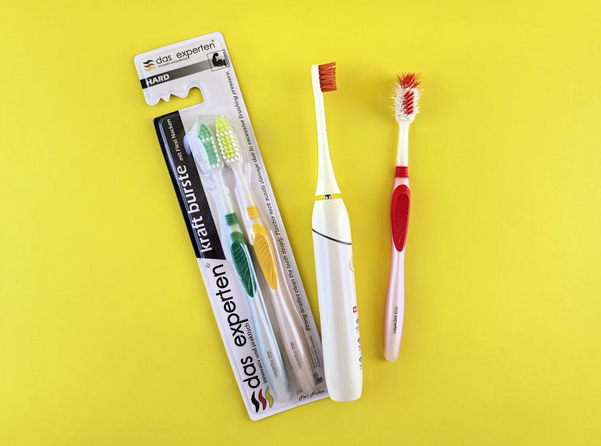
Beyond the technology, many smart toothbrush brands are focusing on sustainability. Rechargeable batteries, replaceable heads, and eco-friendly materials are becoming standard features. Some companies are also developing toothbrushes that reduce the amount of toothpaste needed per session, cutting down on waste. The fusion of smart design and sustainability shows that innovation in oral care doesn’t have to come at the planet’s expense.
The Future of Oral Health
As technology continues to advance, the potential of smart toothbrushes will only grow. We can expect future models to integrate with broader health ecosystems, connecting data with dental professionals and even predicting oral health issues before they arise. The ultimate goal? To make dental care more preventive, personalized, and precise than ever before.
Smart toothbrushes are transforming oral care from a daily chore into a data-driven ritual that promotes healthier habits and brighter smiles. With sensors, AI, and sustainability at the forefront, the future of brushing is not just about removing plaque—it’s about embracing precision, personalization, and innovation. The next time you pick up your toothbrush, you might just be holding a piece of technology that’s as smart as it is essential.…




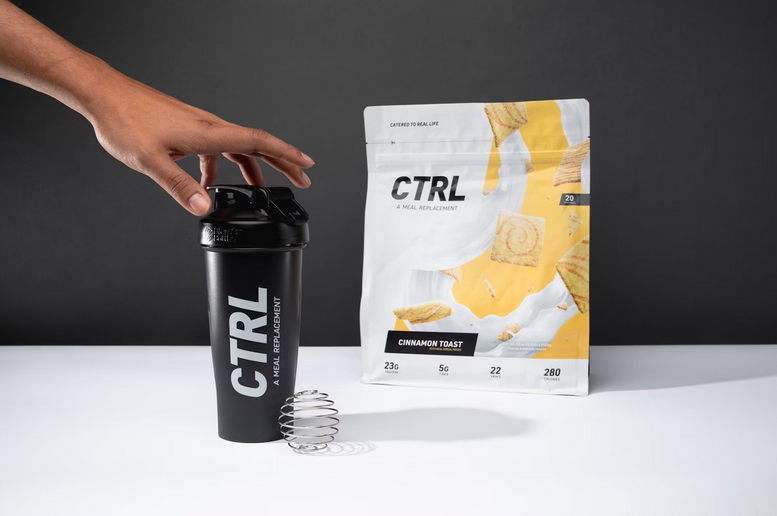
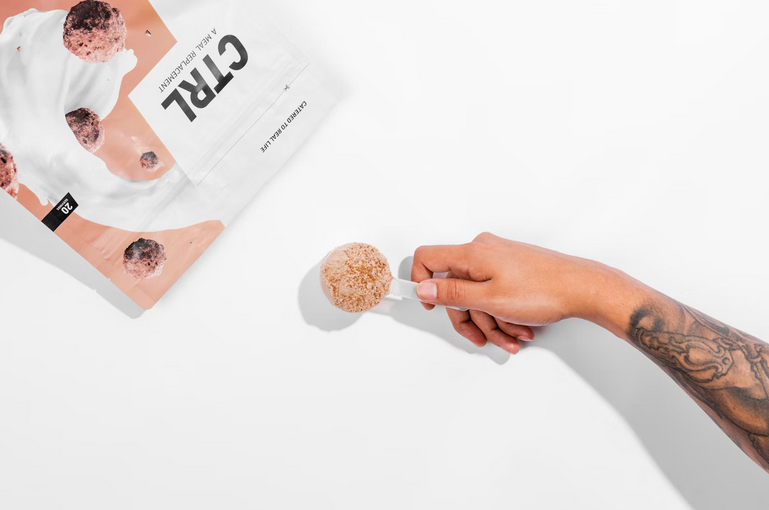



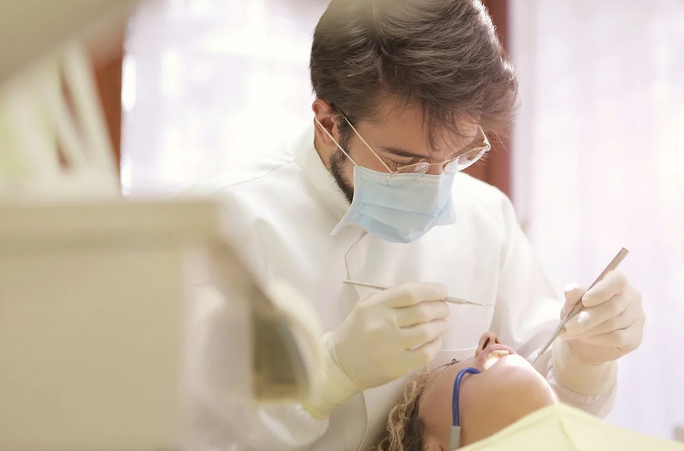


 The ketogenic diet is a high-fat, low-carbohydrate diet that suppresses appetite and promotes weight loss. When you consume a high amount of fat and a low amount of carbs, your body enters a state of ketosis. In this state, your body burns fat for energy instead of carbohydrates. The ketogenic diet can be challenging to follow, but it is an effective appetite suppressant and weight loss tool.
The ketogenic diet is a high-fat, low-carbohydrate diet that suppresses appetite and promotes weight loss. When you consume a high amount of fat and a low amount of carbs, your body enters a state of ketosis. In this state, your body burns fat for energy instead of carbohydrates. The ketogenic diet can be challenging to follow, but it is an effective appetite suppressant and weight loss tool. Mindful eating is a practice that can help you to control your eating habits. It involves being aware of your thoughts and feelings about food and your physical sensations of hunger and fullness. Mindful eating can help you to eat less, lose weight, and maintain a healthy weight. Try to eat slowly and chew your food thoroughly to practice mindful eating. Pay attention to your hunger and fullness cues, and stop eating when you’re no longer hungry.
Mindful eating is a practice that can help you to control your eating habits. It involves being aware of your thoughts and feelings about food and your physical sensations of hunger and fullness. Mindful eating can help you to eat less, lose weight, and maintain a healthy weight. Try to eat slowly and chew your food thoroughly to practice mindful eating. Pay attention to your hunger and fullness cues, and stop eating when you’re no longer hungry.
 Most people need around eight hours of sleep per night. If you’re not getting enough sleep, you’re more likely to be tired during the day and crave unhealthy foods. Getting enough sleep is crucial for maintaining a healthy weight, reducing stress, and improving overall health. When you encounter problems sleeping, you can do a few things to improve your sleep habits. Establish a regular sleep schedule, avoid caffeine and alcohol before bed, and create a relaxing bedtime routine. If you’re still having trouble sleeping, talk to your doctor. They may recommend medication or other treatments to help you get the rest you need.
Most people need around eight hours of sleep per night. If you’re not getting enough sleep, you’re more likely to be tired during the day and crave unhealthy foods. Getting enough sleep is crucial for maintaining a healthy weight, reducing stress, and improving overall health. When you encounter problems sleeping, you can do a few things to improve your sleep habits. Establish a regular sleep schedule, avoid caffeine and alcohol before bed, and create a relaxing bedtime routine. If you’re still having trouble sleeping, talk to your doctor. They may recommend medication or other treatments to help you get the rest you need. You are what you eat, so you must fill your body with nutrient-rich foods. Eating a healthy diet can help you maintain a healthy weight, reduce your risk of chronic diseases, and boost your overall health. To eat a healthier diet, focus on consuming more fruits, vegetables, whole grains, and lean protein. You should also limit your intake of processed meals, sugary beverages, and unhealthy fats. If you need help making changes to your diet, talk to a registered dietitian or your doctor. They can guide you on how to make healthier choices that fit your individual needs.
You are what you eat, so you must fill your body with nutrient-rich foods. Eating a healthy diet can help you maintain a healthy weight, reduce your risk of chronic diseases, and boost your overall health. To eat a healthier diet, focus on consuming more fruits, vegetables, whole grains, and lean protein. You should also limit your intake of processed meals, sugary beverages, and unhealthy fats. If you need help making changes to your diet, talk to a registered dietitian or your doctor. They can guide you on how to make healthier choices that fit your individual needs. Physical activity is essential for maintaining a healthy lifestyle. It can help you control your weight, reduce your risk of chronic diseases, and boost your overall health. Aim to get at least 30 minutes of moderate-intensity physical activity most days of the week. Moderate-intensity activities include walking, biking, and swimming.
Physical activity is essential for maintaining a healthy lifestyle. It can help you control your weight, reduce your risk of chronic diseases, and boost your overall health. Aim to get at least 30 minutes of moderate-intensity physical activity most days of the week. Moderate-intensity activities include walking, biking, and swimming.
 One of the main benefits of a balanced diet is that it helps prevent diseases and infections. A well-balanced diet includes all the nutrients your body needs to function properly.
One of the main benefits of a balanced diet is that it helps prevent diseases and infections. A well-balanced diet includes all the nutrients your body needs to function properly. A balanced diet does more than keep your physical health in check. It also provides the nutrients your brain needs to function properly. This means that a balanced diet can help improve your mood, memory, and focus.
A balanced diet does more than keep your physical health in check. It also provides the nutrients your brain needs to function properly. This means that a balanced diet can help improve your mood, memory, and focus.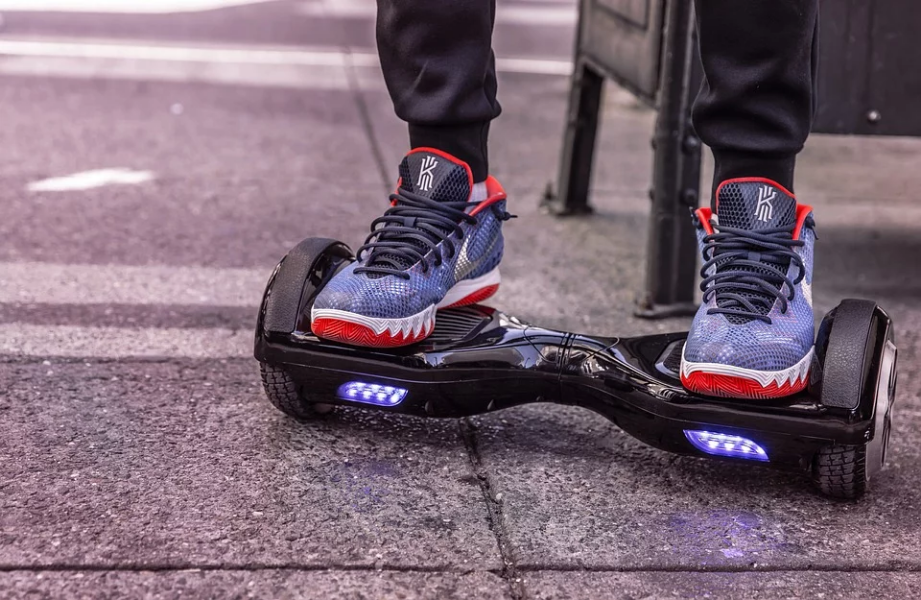


 If you’re eating junk food from breakfast to dinner, it could be the main reason why you’re not losing any weight at all. So, our first tip is to watch what you’re eating and if you have to, make a note of what you eat regularly as this will help you in knowing your calorie intake and whether your diet is good or bad. A simple way to cut on some weight is to replace fatty junk food with
If you’re eating junk food from breakfast to dinner, it could be the main reason why you’re not losing any weight at all. So, our first tip is to watch what you’re eating and if you have to, make a note of what you eat regularly as this will help you in knowing your calorie intake and whether your diet is good or bad. A simple way to cut on some weight is to replace fatty junk food with  A healthy diet alone is not enough to lose some weight. A workout will do, and you’d be surprised how a daily 15-minute workout can make a significant difference in your body. Wear your workout clothes and make sure to get some sweating done.
A healthy diet alone is not enough to lose some weight. A workout will do, and you’d be surprised how a daily 15-minute workout can make a significant difference in your body. Wear your workout clothes and make sure to get some sweating done.
